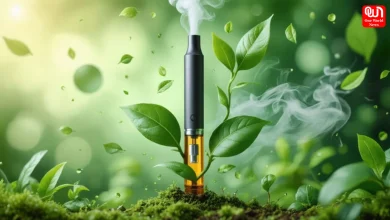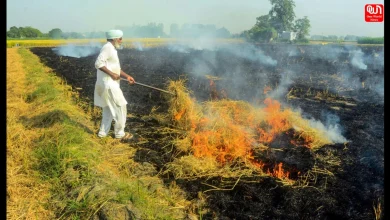Unveiling the Ancient: 10 oldest varieties of coal in the world
Uncover the ancient origins of coal with a journey through the top 10 oldest varieties, spanning millions of years of geological history.
Unearthing the Ancient: Delving into the 10 Oldest Varieties of Coal
Coal, which has been powering human civilization since time immemorial, is an age-long burning substance that remains the mainstay of the energetic governments of the world. Encompassing thousands of years, the formation of coal resulted in a disparate set of types differing in their interesting features and the impression they make on the geologic world. Exploration of the history of Earth’s past led to the top 10 oldest kinds of coal which sheds light on their ancient environment and the continued relevance of this antique resource.
1. Anthracite Coal (Carboniferous Period): As the most prior reliable coal type which formed during the Carboniferous Period nearly 300 million years ago, anthracite would come to be the most widely hunted for by miners. Particular for its high carbonate as well as distinctive luster, anthracite coal is currently considered as high-quality commodity and is commonly found in such cities as Pennsylvania, USA.
2. Bituminous Coal (Carboniferous Period): Through carboniferous period blackjacks way from Carboniferous period proved to be an old coal variety with moderate carbon content but also it is known for its wide range of applications. Along with heating and manufacturing iron, the bituminous coals which readily show up in electric and steel factories, give the clean more information about Earth’s history as far as geological evolution goes.
Read more: Unveiling the Unbelievable: 10 Most Surreal Places On Earth That Will Leave You Speechless
3. Lignite Coal (Paleogene Period): Now it is the paleogene period, about 66 to 23 million years ago. Lignite coal is the oldest of coal types. Attributable to its reddish-brownish colour and relatively low carbon content, lignite coal is encountered in many parts of the world where its discovery would provide clues on palaeoripidity.
4. Sub-Bituminous Coal (Paleogene Period): Similarly, one more coal bearing formation from the Paleogene Era which is the sub-bituminous coal formation lies between anthracite group and bituminous coal group and is sometimes called as lemna coal. Having having more carbon content than lignite and less carbon content than bituminous coal, it enjoys a remarkable position in the coal hierarchy. This hierarchy shows the length of time that geological processes took on earth millions years ago.
5. Peat (Neogene Period): Peat, a predecessor of coal, goes into the geologic history of the Neogene Era about 23 to 2.6 million years ago. Being chiefly made of peat, organic matter that completes its decomposition is waterlogged, thus giving clues on coal formation.
6. Graphite (Precambrian Period): Graphite, which can be categorised as a kind of fossilized coal but somehow is not, is one of the oldest organic substances that have been used in human history. The graphite era dates back to the Precambrian age, which happened millions of years ago, or 540 million years ago approximately. This time line provides the evidence that certain things, like carbon substances, will never cease to exist.
7. Jet (Jurassic Period): He is a species of jet dating back to the Middle Jurassic, which is around 145 to 201 million years ago, being famous for the eye-catching effect it makes wherever it is applied. Jewelry, pendants, jewelry items, traditional jewelry and decorative items have used jet for hundreds of years and the formation of this material in the remote past may show a picture of ancient ecosystems and coal deposition conditions.
Read more: Explore Travel Trends Indians are leaning towards: Check which category do you fall in! 8. Sapropelic
Coal (Silurian Period): A sedimentary coal-like rock, which is found in the Lower Paleozoic era, it provide evidence of the beginnings of coal formation. It is naturalistically-originated from the organic-rich sediment, and thus it gives unique glimpses of the coal formation during the ancient past of the Earth.
9. Cannel Coal (Devonian Period): Since the Devonian Age cannel coal also belongs to the coal groups called the ancilverri. Identified by its homogeneous texture, low sulfur and relatively wide range of oil content, cannel coal can teach us about the processes operating through deep time that produced the coal resources.
We’re now on WhatsApp. Click to join.
10. Brown Coal (Eocene Period): Coal of brown color, the lignite, being a sort of precursor of coal with a higher grade, comes in a line with bituminous and anthracite coals that were produced during the Eocene era. As the most centrally accessible among the other continents, such as Europe and Australia, humanity’s history over millions of years reflects the change in the geological setting of the planet.
Like this post?
Register at One World News to never miss out on videos, celeb interviews, and best reads.








